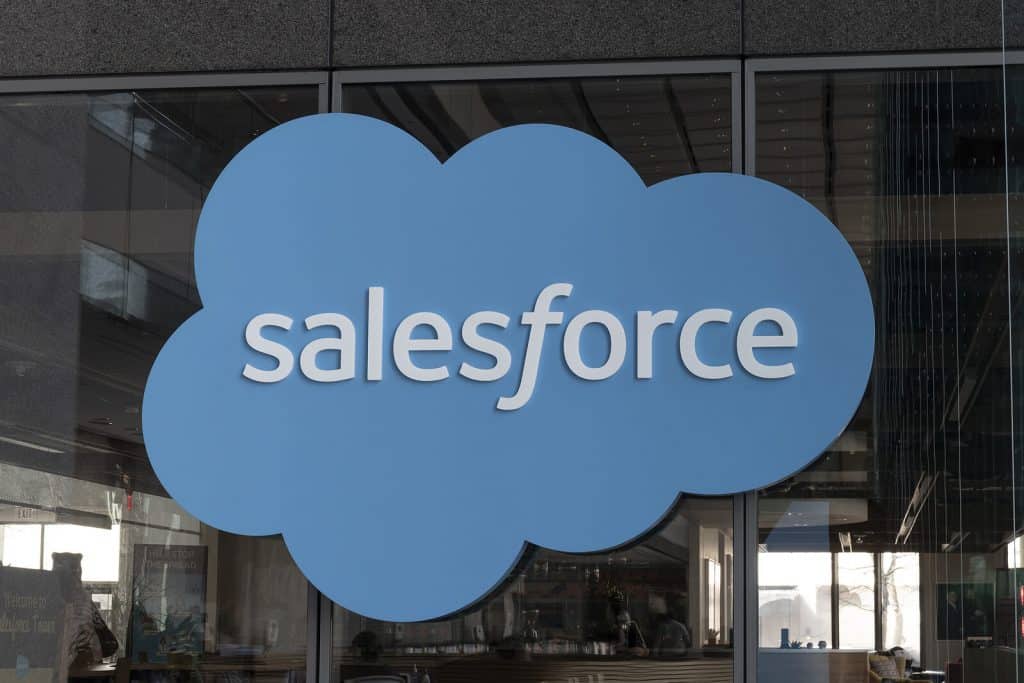Read on to get an understanding of the phases of the Salesforce development lifecycle.
Limited capabilities of legacy solutions compelled enterprises to look for technologies that can deliver scalable and robust business solutions in a fast-paced manner. With its low-code development capabilities and ever-increasing scalability, Salesforce satisfied organizations’ growing needs in the early 2000s with the launch of Software-As-Service or Saas.
The launch of AppExchange, followed by the development of Visualforce & Apex in 2005-06, changed how apps are built and used today. While the introduction of AppExchange allowed Salesforce partners to develop and sell apps to customers globally, Apex development allowed third parties to write and run code on Salesforce’s multi-tenant, shared architecture.
The launch of Visualforce caused a significant disruption in the application development industry as it allowed users to build desired interfaces where buttons, links, forms, and other components could be embedded for the first time. With the launch of the point-and-click development platform, i.e., Lightning, in 2015, Salesforce application development became more accessible and faster.
With access to pre-built components, APIs, and business logic, developers can connect legacy platforms, build web and mobile-first solutions, develop custom apps from scratch, and build on existing Salesforce applications using a code or no-code approach.
While application development in Salesforce is relatively easier than on other platforms, organizations must adopt a business-centric strategy designed by experienced development teams to ensure foolproof success. To help you understand the insights of application development, we have covered various phases of the Salesforce development lifecycle below.
Salesforce Development Lifecycle
Development projects in Salesforce are carried out in phases, and each of the phases is planned to achieve a specific goal. Before we discuss these stages, let’s first look at the various stakeholders involved in a typical Salesforce application development project.
Resources you need to accomplish development project in Salesforce:
| Stakeholders | Role |
| Product Manager | Coordinating and finalizing business requirements |
| Release Manager | Coordinates the release schedule with the client and development team |
| Developer | Coding to produce the desired solution |
| Tester | Runs various tests to check the functionality behavior |
| Trainer | Train users to post before rollout |
Let’s now discuss various steps involved in the Salesforce application development lifecycle:
- Discovery Phase
The discovery phase is the first and foremost step in Salesforce application development. During this stage, department needs are gathered, reviewed, and finalized, later shared with the development team for analysis.
Here is a list of factors that are examined/finalized in the discovery phase:
- The goals and objectives of the project in hand
- Development complexities and critical needs
- Reporting and automation needs of users
- Previous implementation gaps
- Tools, APIs, and development approach
2. Source Control Set-up
Source control or version control systems provide a mechanism to track changes in files. A release manager starts off a development project by creating separate repositories and branches.
To understand version control better, have a look at these two main components first:
- Repository
It is a container for version control and is used to store files and track changes in real-time. Repositories are based around a central master store of files, with several branches containing new features in development. You can monitor changes, review the work of fellow developers, and resolve conflicts by creating separate repositories.
b) Branches
Branches provide an independent working environment for developers to build and test new features in isolation from other development work. Branches allow developers to work in parallel and control when changes are released for testing.
Having a separate Git repository for each project/sub-project is beneficial. You can club data later by merging it with the main application. It is the responsibility of a release manager to allocate tasks as per the acumen of a developer. A release manager should create a package.xml manifest so that the master branch can be easily populated with metadata.
By creating a version control setup, you can establish a single source of truth, manage code conflicts better, reduce deployment risks, enable parallel development, simplify rollback, and release faster.
3. Development Phase
Development operations are carried out in sandboxes. Each developer sandbox contains a copy of the main production application and the necessary Salesforce configuration information.
Developers use their sandboxes to write code, customize, and test the dummy application. They use Force.com to connect with their sandbox and transfer metadata to IDE. After doing necessary coding and unit testing, the changes are transferred to the Git repository.
If you have a complex project where multiple individuals work on the same code, your development team must check the conflicts before committing the code to the repository.
4. Testing Phase
After the development phase is completed, teams need to conduct full-fledged testing sessions where code is migrated from the main repository to the sandbox environment. Most Salesforce testers we know prefer a partial copy sandbox to test application functionality as it does not require you to load complete data for testing.
As far as testing types are concerned, Quality Analysts perform various testing processes in a Salesforce application development project, such as unit testing, regression testing, performance testing, integration/API testing, visual testing, load testing, and more.
Since most Salesforce application development partners follow agile methodology (an iterative approach to development), configurational changes can be addressed easily during this phase. However, for any serious design/development alteration, you will need to take the process to the initial development stage.
6. Acceptance Testing
After the testing phases are finished, user acceptance testing is conducted, and it is done by the end users in close collaboration with the development team. Under this phase, partial sandboxes are created by a release manager, which the end users use for ad-hoc testing.
Once end users are done with the testing and have suggested approval, the solution is ready to be released. However, any changes suggested at this phase can take the entire process to the initial development phase.
7. Product Release
Once your application has undergone various testing processes, it is finally tested for performance in a sandbox environment. Here all the app data, configurations, and functionalities are tested for a final time. The main focus here is to ensure the solution passes all service level agreements before being deployed in the production environment.
After the solution is deployed, it will need timely bug fixing, code tweaks, and value addition from time to time. You can address these changes by onboarding a Salesforce Application Development partner.
Salesforce Development Lifecycle Bottomline
Salesforce development projects are accomplished in various phases, and each phase requires substantial planning and effort. To ensure success in Salesforce application development, organizations must be clear about their goals and the path by which those goals have to be achieved. Discussing project gaps and objectives with stakeholders can help in bringing unanimity before you approach a developer.

